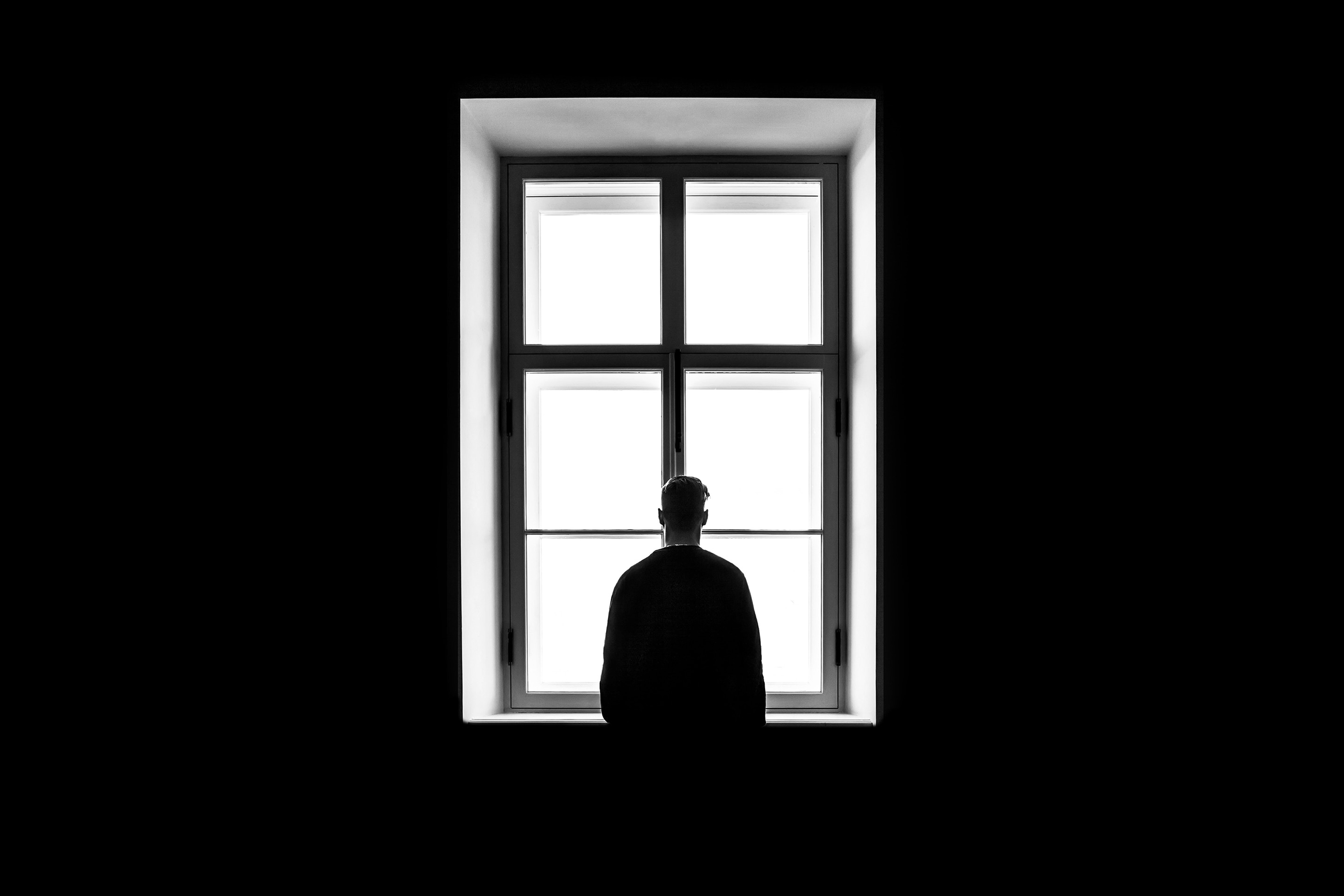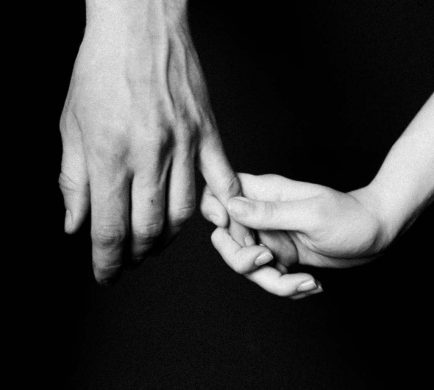By Dr. Scott Symington
Imagine your internal world as a media room with two screens. All possible thoughts, feelings, and physical sensations show up in this room on one of two screens. On the wall you see facing forward is the primary or front screen. This is the place where the positive and life-giving thoughts, feelings, and images show up. It’s the home of joy, contentment, and connection. It’s looking into the face of a loved one, attending to the present moment, being in a flow at work, laughing with a friend, feeling spiritually connected, and expressing the best parts of who you are. It’s the experience of being fully present, feeling alive, and living out deeply held values. It’s all the inner activity that gives you a sense of well-being. When you say to yourself, Today is a good day, it’s a sign you’ve been connected to the front screen.
Consciously or unconsciously, we’re all trying to stay connected to the front screen.
The challenge is, off to the right is a side screen competing for your attention. This is the place where the threats, fears, anxieties, unhealthy temptations, and potentially destructive thoughts and feelings show up. You will be in a conversation, on the way to work, or trying to sleep when suddenly the side screen lights up and your internal eyes reflexively swivel over to take a look. Scrolling across the screen, there’s an anxious thought or unsettling image.
If you sit there and watch the side screen for too long, you risk becoming ensnared. It doesn’t take much exposure before you get caught up in the worries or seduced by the destructive urge or mood. This happens because the side screen uses your preoccupied attention and reactivity as an energy source. Under the spotlight of attention, the destructive mood or anxious feeling intensifies. The images become more colorful and pronounced. The sound gets louder. Before long the side screen is IMAX theater quality with Dolby surround sound, and you’ve lost your ability to rotate back to the front screen.
Let’s be clear here: you can’t control what shows up on the side screen. Nor can you control the reflexive swivel of your attention when the unwanted thoughts and feelings first come into awareness. You will suddenly find yourself gazing at an anxious idea or depressive image scrolling across the screen. It’s what you do next that’s important.
You’ll be tempted to watch, analyze, debate, fight, or run from the thoughts, feelings, and physical sensations announcing them- selves on the side screen. All these responses may be natural, but they keep the side screen shining brightly. The more you try to avoid or resist an anxious feeling, the stronger it becomes. The longer you study the worry or entertain memories of past failures, the more anxious and down you’ll feel—and so on.
To be free—to get the relief you’re seeking—you need to relate to the side screen in a new way that deprives it of your attention and reactivity. If you remove the spotlight of attention and purge the system of reactivity (efforts at resisting the unwanted experience), you pull the plug on the side screen’s energy source, causing it to fade into the background.
How the Method Works
The Two-Screen Method shows you how to put these ideas into practice in two steps: striking a new relationship with the side screen, and staying anchored to the front screen.
A New Response to Challenging Thoughts and Feelings
Ideally, you want to cultivate a relationship with the side screen that is defined by acceptance and nonresistance. When an anxious thought or feeling announces itself—I’m going to make a fool of myself—your internal eyes will automatically dart over to the side screen, where the image of yourself being horribly embarrassed might be playing. As soon as you realize you’re on the side screen, with your new awareness you are guided by the motto accept and redirect. You accept the hard feelings or unanswered questions, while gently redirecting your attention back to the front screen.
As you plant your attention on the front screen, you allow the side screen to run its tape in your peripheral vision. You accept the distracting stream of thoughts and images, as well as the emotional heat being kicked off the side screen. You accept the experience of being heckled or taunted from the sidelines—I’m going to fail, I’ll be a laughingstock. Acceptance doesn’t mean you like or agree with the content of the side screen. The thoughts and feelings displayed there may be aversive or contrary to what you believe or what you want to have happen. Acceptance is about letting go internally, focusing on what you can control, and responding to the unwanted thoughts and feelings with psycho- logical wisdom. You move into acceptance and nonresistance, even though it goes against your instincts, because this is the opposite of reactivity. It’s the response that cuts off the side screen’s energy source, ultimately freeing you from the anxious feeling or destructive mood.
In summary, the first step in the Two-Screen Method is reshaping your relationship with the side screen, de-energizing the problematic thoughts and feelings by applying mindfulness principles. Mindfulness, again, is a particular way of being and orientation toward the thoughts and feelings showing up inside you. As it’s practiced and applied in psychology, mindfulness is focused on increasing your ability to be in the present moment, while maintaining a disposition of acceptance and nonresistance toward the thoughts, feelings, and physical sensations coming into awareness—especially the challenging and unwanted thoughts and feelings. The second step is learning how to stay connected to the front screen, using one or more of the three primary anchors that are designed to hold your attention as you’re redirecting away from the side screen: Mindfulness Skills, Healthy Distractions and Activities, and Loving Action.
The side screen will frequently exert a strong pull on your mind. During these times, it’s often not realistic to say, “Don’t watch!” unless you have another home for your attention with some sticking power. That’s where the front screen anchors come in. These anchors give you a safe place to anchor your attention while the side screen storm is passing through. But this is not all they do. The front screen anchors are also designed to grow you as a person and enhance your quality of life. They help you take the energy that is normally consumed by the side screen and redirect it to activities that cultivate a sense of aliveness and well-being.







